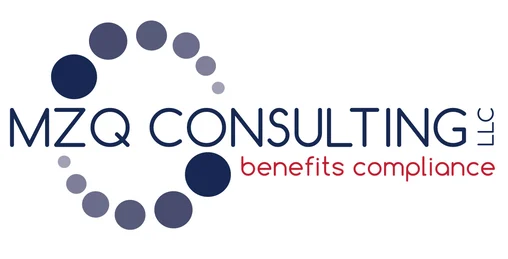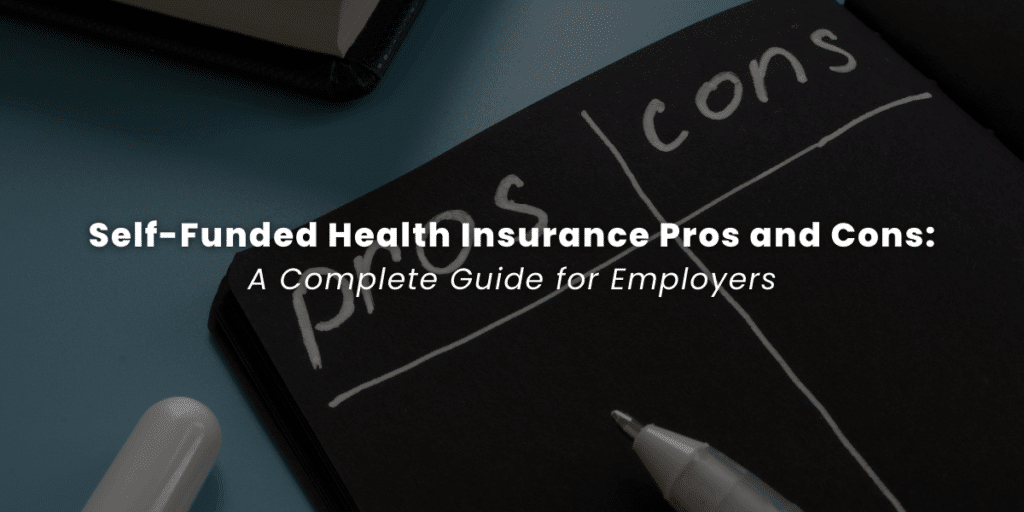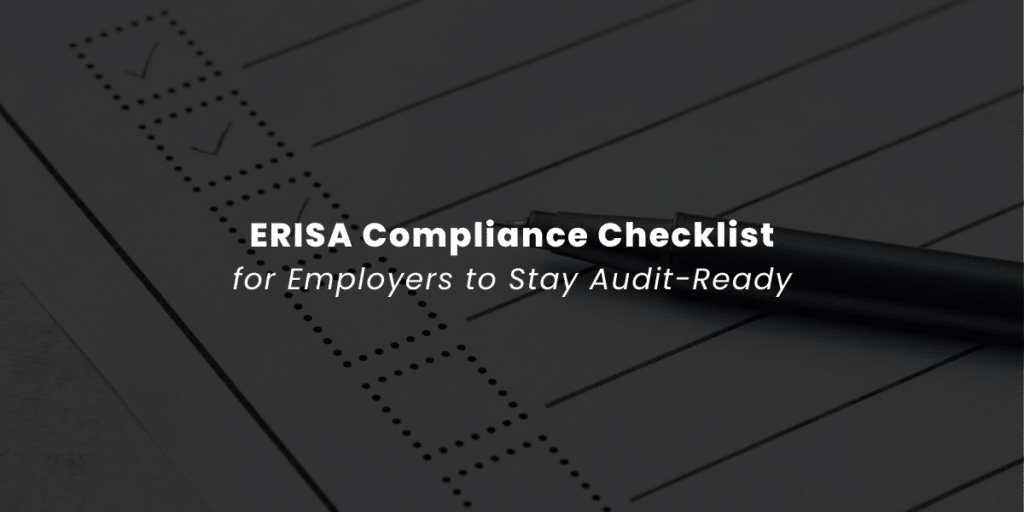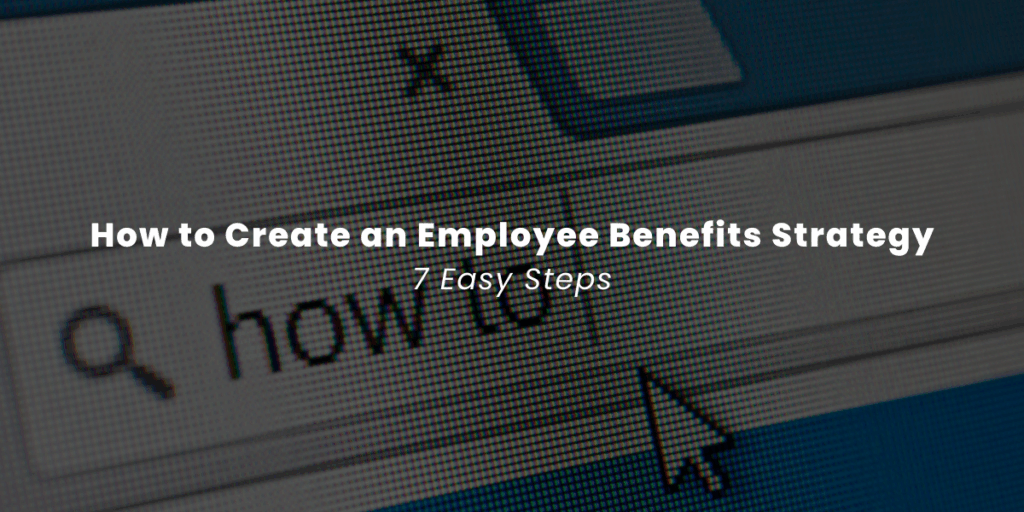
Many sponsors of fully insured health plans either already have or will soon receive checks from their insurance carriers, along with a notice informing them that the review is a medical loss ratio (MLR) rebate. Plan sponsors should receive these checks by September 30, 2023. The MLR rules implemented as part of health care reform are designed to ensure that insurance carriers spend no more than a specified percentage of premiums collected on overhead-type expenses. Carriers must issue a rebate check when this percentage is exceeded.
If a plan sponsor receives MLR rebates, they typically have a fiduciary responsibility to manage the funds according to specific guidelines. The following section briefly overviews the administrative rules plan sponsors should follow when processing these carrier rebates.
Does the employer have a wrap plan allocating rebates to employer contributions first?
If yes, did the employer contribute MORE than the value of the rebate?
If groups do not have a wrap plan with this specific language allocating rebates to employer contributions first…
- This rebate should be considered a plan asset subject to the exclusive benefit rule, which requires that such assets be used exclusively for the benefit of participants and their beneficiaries.
- If the plan sponsor, meaning the employer, has a wrap plan document in place but it does not have this specific language allocating rebates to employer contributions first, they should follow any rules the document outlines for distributing MLR rebates to employees.
- If there is no wrap plan in place, or if the document does not address MLR rebate distributions, the employer will need to exercise discretion by the guidelines detailed below when determining how to allocate the credit and be sure to document their process.
- Allocation options include:
-
- Paying affected employees directly.
- Using the rebate funds for future premium reductions
- Using the money for benefit enhancements
- The federal government urges employers to select the first option, which involves providing each participant with a check for their share of the credit (taxable income). This is often also the most straightforward approach for processing the rebate.
- The employer can decide if they would like to distribute the rebate evenly among affected employees or use a weighted average based on the amount each employee paid (i.e., single rate versus family rate).
- The rebate can go to current plan participants– groups do not need to locate former employees, COBRA participants, etc., to distribute the funds (though they may if they so choose).
- Plan sponsors have 90 days to distribute rebates to employees.






